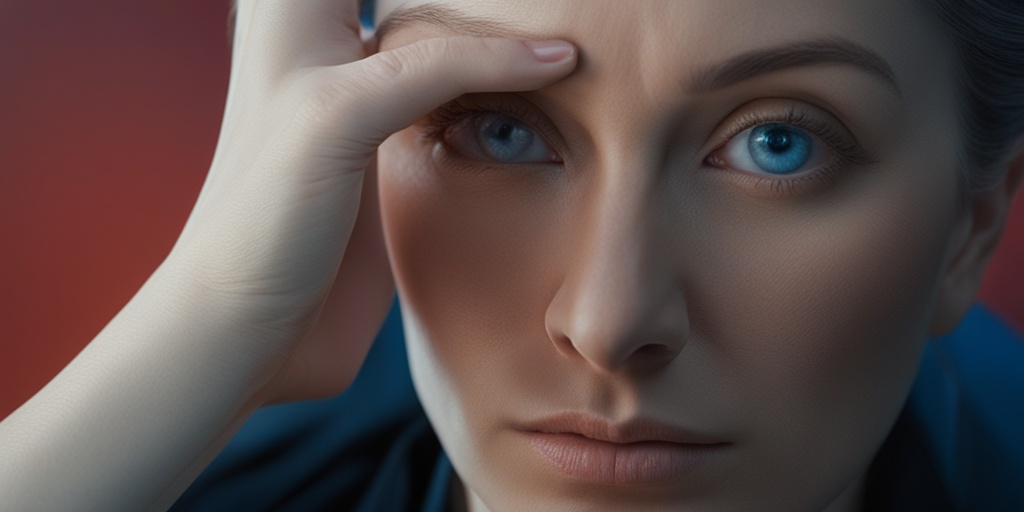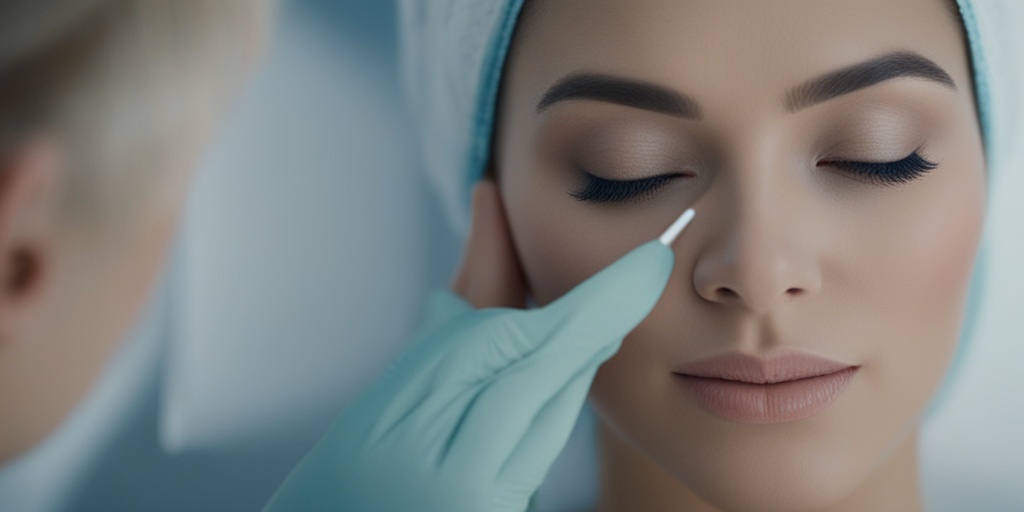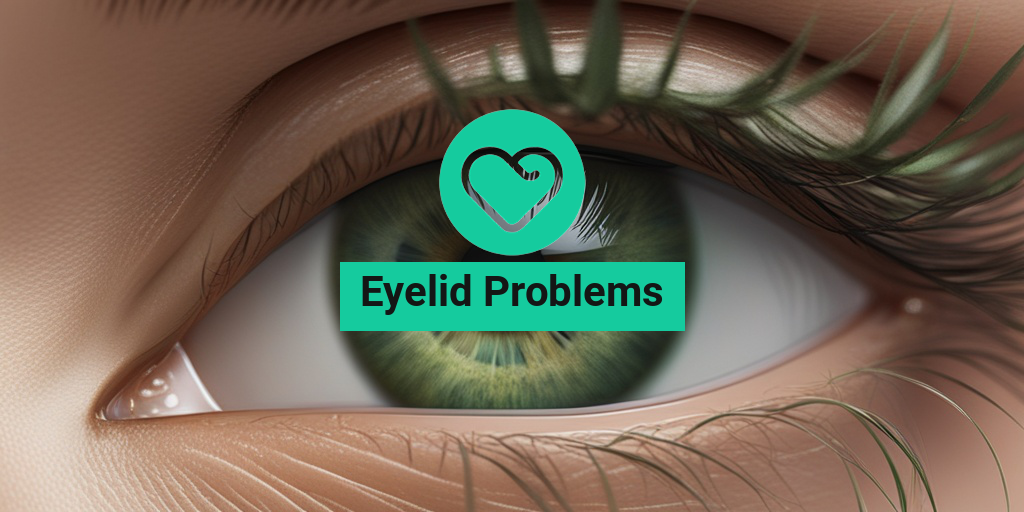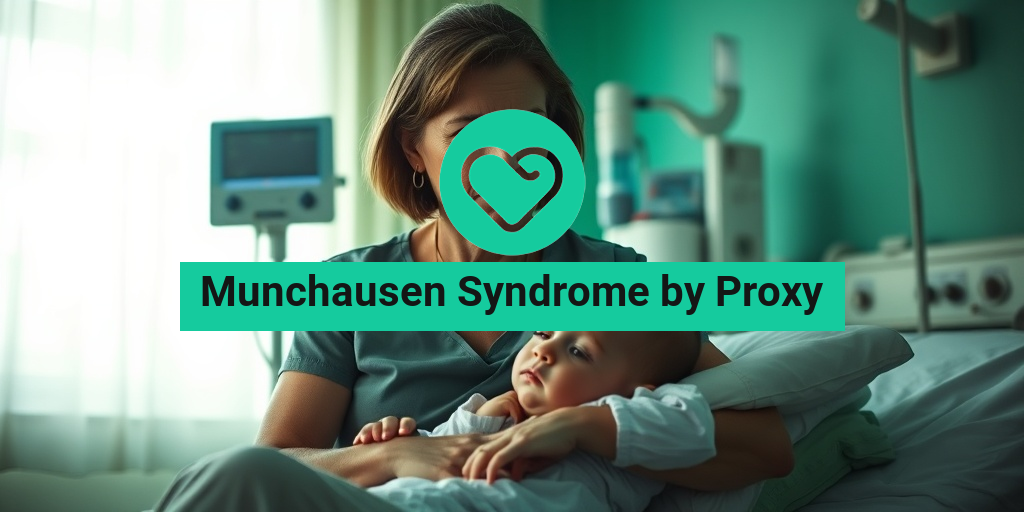“`html
What Are Eyelid Problems?
Eyelid problems encompass a variety of conditions that affect the eyelids, which are crucial for protecting our eyes and maintaining overall eye health. These issues can range from minor irritations to more serious medical conditions that may require treatment. Understanding the different types of eyelid problems is essential for early detection and effective management.
Common Types of Eyelid Problems
- Ptosis: This condition involves drooping of the upper eyelid, which can obstruct vision and may require surgical intervention.
- Blepharitis: An inflammation of the eyelid margins, often caused by bacteria or skin conditions, leading to redness, swelling, and crusting.
- Chalazion: A blocked oil gland in the eyelid that can cause swelling and discomfort.
- Stye: A painful lump on the eyelid caused by an infected oil gland, often resembling a pimple.
- Eyelid tumors: These can be benign or malignant growths that require medical evaluation.
Each of these conditions can manifest differently and may have various underlying causes. For instance, eyelid problems in the elderly may be more prevalent due to age-related changes in skin and muscle tone. Similarly, eyelid problems in dogs and cats can also occur, highlighting the importance of recognizing these issues across species.
Eyelid Symptoms
Identifying the symptoms associated with eyelid problems is crucial for timely intervention. Symptoms can vary widely depending on the specific condition but often include:
Common Symptoms to Watch For
- Redness and Swelling: Inflammation can lead to noticeable redness and swelling around the eyelids.
- Itching or Burning Sensation: Many eyelid problems cause discomfort, leading to persistent itching or a burning feeling.
- Crusting or Discharge: Conditions like blepharitis can result in crusty eyelids, especially upon waking.
- Drooping Eyelids: As seen in ptosis, one or both eyelids may droop, affecting vision.
- Pain or Tenderness: Infections or inflammation can cause significant discomfort in the eyelid area.
In babies, eyelid problems can manifest as excessive tearing or difficulty opening the eyes, which may indicate a more serious underlying issue. If you notice any of these symptoms, it’s essential to consult a healthcare professional for a proper diagnosis and treatment plan.
When to Seek Medical Attention
While many eyelid problems can be managed at home, certain symptoms warrant immediate medical attention. If you experience:
- Severe pain or swelling
- Changes in vision
- Persistent redness or discharge
- Symptoms that do not improve with home care
It’s crucial to seek help from an eye care specialist. They can provide a thorough examination and recommend appropriate treatments, which may include medications, lifestyle changes, or surgical options.
For more information on eyelid problems and their management, consider visiting Yesil Health AI, a valuable resource for evidence-based health answers. Remember, early detection and treatment can significantly improve outcomes and maintain your eye health! 👁️✨
“`

“`html
Eyelid Problems: Understanding the Causes
Eyelid problems can manifest in various forms, affecting not only our appearance but also our overall eye health. Understanding the underlying causes of these issues is crucial for effective treatment and prevention. Here, we delve into some common causes of eyelid problems.
1. Allergies
Allergic reactions are one of the most prevalent causes of eyelid problems. Common allergens include:
- Pollen
- Dust mites
- Pet dander
- Cosmetics and skincare products
When the eyelids come into contact with these allergens, they can become red, swollen, and itchy, leading to conditions such as allergic conjunctivitis.
2. Infections
Infections can also lead to eyelid problems. Two common types include:
- Blepharitis: An inflammation of the eyelid margins, often caused by bacteria or skin conditions like seborrheic dermatitis.
- Styes: Painful lumps that form on the eyelid due to bacterial infection of the oil glands.
Both conditions can cause discomfort and may require medical treatment to resolve.
3. Skin Conditions
Various skin conditions can affect the eyelids, leading to problems such as:
- Eczema: A chronic condition that can cause dry, itchy, and inflamed skin around the eyelids.
- Psoriasis: A condition that leads to red, scaly patches, which can also appear on the eyelids.
These conditions often require specialized treatment to manage symptoms effectively.
4. Aging
As we age, our skin loses elasticity and can sag, leading to eyelid problems such as:
- Drooping eyelids (ptosis)
- Excess skin (dermatochalasis)
These changes can affect vision and may necessitate surgical intervention for correction.
5. Environmental Factors
Environmental factors such as sun exposure, pollution, and harsh weather can contribute to eyelid problems. Prolonged exposure to UV rays can lead to skin damage and increase the risk of conditions like skin cancer on the eyelids.
Risk Factors for Eyelid Problems
Understanding the risk factors associated with eyelid problems can help in prevention and early detection. Here are some key risk factors to consider:
1. Age
As mentioned earlier, aging is a significant risk factor. Older adults are more likely to experience eyelid problems due to natural changes in skin elasticity and muscle tone.
2. Family History
If you have a family history of eyelid problems or related conditions, you may be at a higher risk. Genetic predispositions can play a role in the development of certain eyelid issues.
3. Pre-existing Health Conditions
Individuals with certain health conditions, such as:
- Diabetes
- Thyroid disorders
- Autoimmune diseases
are more susceptible to eyelid problems. These conditions can affect skin health and immune response, increasing the likelihood of infections and other issues.
4. Lifestyle Choices
Unhealthy lifestyle choices, such as smoking and excessive alcohol consumption, can negatively impact skin health, making the eyelids more vulnerable to problems.
5. Occupational Hazards
People who work in environments with high exposure to irritants, such as chemicals or dust, may be at an increased risk for developing eyelid problems. Protective eyewear can help mitigate these risks.
In conclusion, being aware of the causes and risk factors associated with eyelid problems is essential for maintaining eye health. If you experience any symptoms such as redness, swelling, or discomfort, it’s important to consult a healthcare professional for proper diagnosis and treatment. 🩺👁️
“`

“`html
Eyelid Diagnosis
When it comes to eyelid problems, accurate diagnosis is crucial for effective treatment. Eyelid issues can manifest in various forms, ranging from simple irritation to more complex conditions. Understanding the symptoms and seeking timely medical advice can make a significant difference in managing these problems.
Common Symptoms of Eyelid Problems
Identifying the symptoms of eyelid problems is the first step toward diagnosis. Here are some common signs to watch for:
- Redness and Swelling: Inflammation can cause the eyelids to appear red and swollen.
- Itching or Burning Sensation: Many eyelid conditions are accompanied by discomfort.
- Crusting or Discharge: This can indicate an infection or other underlying issues.
- Drooping Eyelids: Known as ptosis, this condition can affect vision and appearance.
- Changes in Skin Texture: This includes flaking, thickening, or the presence of lumps.
Consulting a Specialist
If you experience any of these symptoms, it’s essential to consult an eye care professional. They may perform a variety of tests, including:
- Visual Acuity Test: To assess how well you can see.
- Slit Lamp Examination: This allows the doctor to examine the eyelids and surrounding structures in detail.
- Allergy Testing: If allergies are suspected, testing may help identify triggers.
In some cases, a biopsy may be necessary to rule out more serious conditions, such as skin cancer. Early diagnosis is key, especially for eyelid problems in the elderly, who may be more susceptible to complications.
Eyelid Treatment Options
Once diagnosed, the next step is exploring treatment options for eyelid problems. The appropriate treatment will depend on the underlying cause of the issue.
Home Remedies
For mild eyelid problems, several home remedies can provide relief:
- Warm Compresses: Applying a warm compress can help reduce swelling and discomfort.
- Artificial Tears: These can alleviate dryness and irritation.
- Cold Compresses: Useful for reducing puffiness and redness.
Over-the-Counter Treatments
Many over-the-counter products can help manage symptoms:
- Antihistamines: If allergies are the cause, antihistamines can reduce symptoms.
- Topical Steroids: These can help with inflammation and itching.
- Moisturizing Ointments: These can soothe dry skin around the eyelids.
Prescription Medications
For more severe cases, a healthcare provider may prescribe medications, including:
- Topical Antibiotics: For bacterial infections.
- Oral Antibiotics: In cases of severe infection or inflammation.
- Immunosuppressants: For autoimmune-related eyelid problems.
Surgical Options
In some instances, surgical intervention may be necessary, especially for conditions like drooping eyelids or tumors. Surgical options include:
- Blepharoplasty: This procedure removes excess skin and fat from the eyelids.
- Ptosis Surgery: This corrects drooping eyelids to improve vision and appearance.
- Lesion Removal: For any abnormal growths on the eyelids.
It’s essential to discuss all available options with your healthcare provider to determine the best course of action for your specific situation. Remember, timely intervention can prevent complications and improve your quality of life! 🌟
“`

“`html
Eyelid Home Remedies
Eyelid problems can be bothersome and may affect your daily life. Fortunately, there are several home remedies that can help alleviate discomfort and promote healing. Here are some effective options to consider:
1. Warm Compresses
Applying a warm compress to your eyelids can help relieve symptoms associated with conditions like blepharitis or styes. The warmth helps to loosen crusts and debris, making it easier to clean the eyelids.
- Soak a clean cloth in warm water.
- Wring out excess water and place it over your closed eyelids for 5-10 minutes.
- Repeat this process 2-3 times a day for best results.
2. Tea Bags
Used tea bags, particularly those containing chamomile or green tea, can provide soothing relief. These teas have anti-inflammatory properties that can help reduce swelling and irritation.
- Steep two tea bags in hot water for a few minutes.
- Allow them to cool slightly, then place them on your eyelids for 10-15 minutes.
3. Coconut Oil
Coconut oil is known for its moisturizing and antibacterial properties. It can be particularly beneficial for dry eyelids or minor irritations.
- Apply a small amount of organic coconut oil to your eyelids before bedtime.
- Gently massage it in to promote absorption.
4. Aloe Vera Gel
Aloe vera is another natural remedy that can soothe irritated eyelids. Its cooling effect can help reduce redness and inflammation.
- Apply a small amount of pure aloe vera gel to the affected area.
- Leave it on for about 20 minutes before rinsing with cool water.
5. Cucumber Slices
Cucumber slices are not just a spa treat; they can also help reduce puffiness and hydrate the skin around your eyes.
- Chill cucumber slices in the refrigerator.
- Place them over your closed eyelids for 10-15 minutes.
Eyelid Care Tips
Taking care of your eyelids is essential for maintaining overall eye health. Here are some practical eyelid care tips to keep in mind:
1. Maintain Good Hygiene
Keeping your eyelids clean is crucial in preventing infections and other eyelid problems. Make it a habit to wash your face and eyelids gently with a mild cleanser daily.
2. Avoid Rubbing Your Eyes
Rubbing your eyes can lead to irritation and exacerbate existing eyelid problems. If you feel the urge to rub, try to gently tap around the area instead.
3. Use Hypoallergenic Products
When it comes to makeup and skincare, opt for hypoallergenic products to minimize the risk of allergic reactions that can lead to eyelid issues.
4. Stay Hydrated
Drinking plenty of water is essential for maintaining skin elasticity and hydration. Aim for at least 8 glasses of water a day to keep your skin, including your eyelids, healthy.
5. Protect Your Eyes from the Sun
UV rays can damage the delicate skin around your eyes. Always wear sunglasses with UV protection when outdoors to shield your eyelids from harmful rays.
6. Get Regular Eye Check-ups
Regular visits to an eye care professional can help catch any potential eyelid problems early. If you notice persistent symptoms, don’t hesitate to seek professional advice.
By incorporating these home remedies and care tips into your routine, you can effectively manage and prevent eyelid problems. Remember, your eyelids deserve just as much attention as the rest of your skin! 🌟
“`

“`html
Frequently Asked Questions about Eyelid Problems
What are common symptoms of eyelid problems?
Common symptoms of eyelid problems include:
- Swelling or puffiness
- Redness or irritation
- Itching or burning sensation
- Drooping eyelids
- Excessive tearing or dryness
What causes eyelid problems?
There are several potential causes of eyelid problems, including:
- Allergies
- Infections (such as conjunctivitis)
- Inflammatory conditions (like blepharitis)
- Injury or trauma
- Age-related changes
How are eyelid problems treated?
Treatment for eyelid problems varies based on the underlying cause. Common treatments include:
- Warm compresses for swelling
- Topical ointments or medications
- Oral antihistamines for allergies
- Surgery for structural issues
Are eyelid problems common in pets?
Yes, eyelid problems can occur in pets, particularly in dogs and cats. Common issues include:
- Entropion (inward rolling of the eyelid)
- Ectropion (outward rolling of the eyelid)
- Infections or irritations
Can eyelid problems occur after cataract surgery?
Yes, some individuals may experience eyelid problems after cataract surgery, such as:
- Swelling around the eyelid
- Dryness or irritation
- Changes in eyelid position
What should I do if my baby has eyelid problems?
If your baby shows signs of eyelid problems, it is important to consult a pediatrician or an eye specialist. Early intervention can help prevent complications.
When should I see a doctor for eyelid problems?
You should seek medical attention if you experience:
- Severe pain or discomfort
- Vision changes
- Persistent swelling or redness
- Signs of infection (such as pus or fever)
Can eyelid problems be prevented?
While not all eyelid problems can be prevented, you can reduce your risk by:
- Practicing good hygiene
- Avoiding allergens when possible
- Regularly visiting an eye care professional
Are there any home remedies for eyelid problems?
Some home remedies that may help alleviate mild eyelid problems include:
- Applying a warm compress
- Using artificial tears for dryness
- Keeping the eyelid area clean
What are the long-term effects of untreated eyelid problems?
If left untreated, eyelid problems can lead to complications such as:
- Chronic irritation or discomfort
- Vision impairment
- Increased risk of infections
“`




